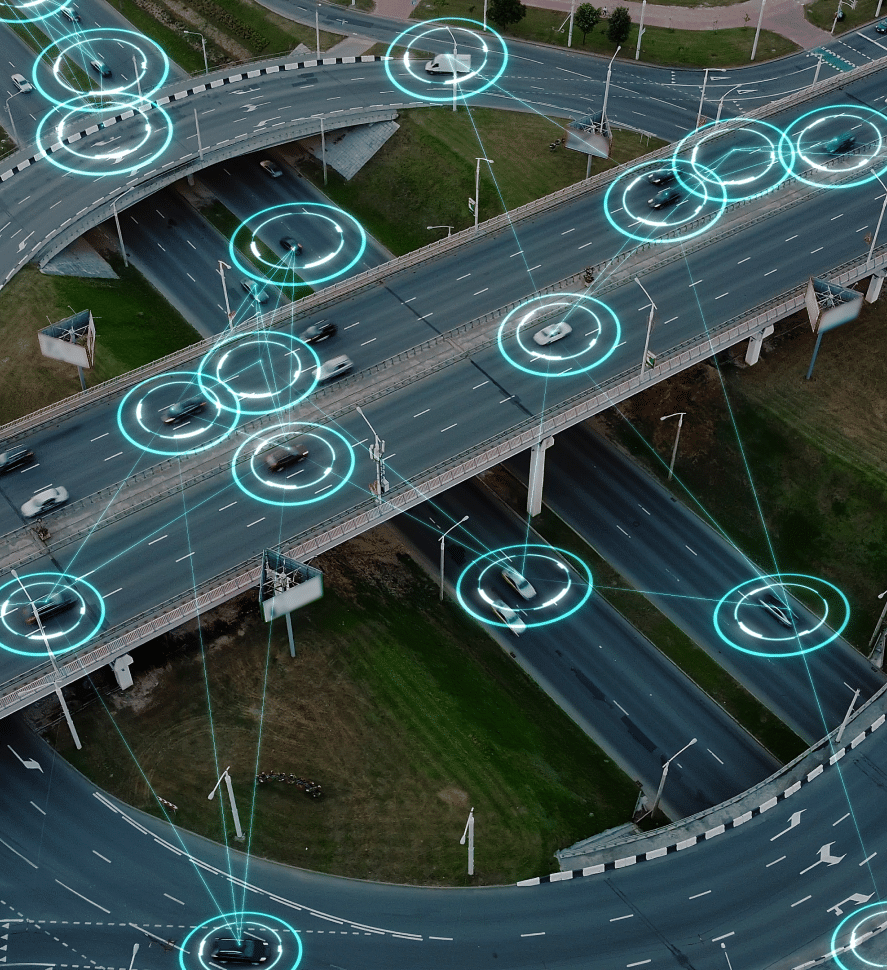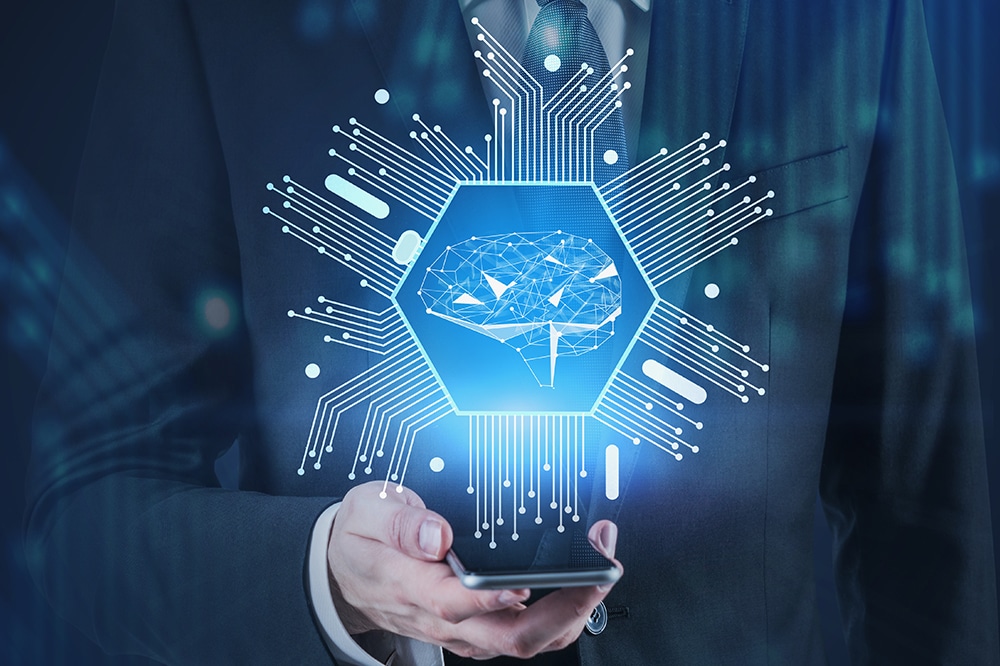S
- Sandbox Environments
- Secure Coding Practices
- Security Automation
- Security Awareness Training
- Security Champions
- Security Information and Event Management (SIEM)
- Security Orchestration
- Security Posture
- Shift-Left Security
- Smart City
- Smart Home
- Smart Manufacturing
- Smart Meters
- Smart Products
- Smart Spaces
- Software as a Service (SaaS)
- Software Composition Analysis (SCA)
- Software Defined Networking (SDN)
- Software Development Life Cycle (SDLC)
- Static Application Security Testing (SAST)
- Structured Data
Deep Learning
Simple Definition for Beginners:
Deep learning is a subset of machine learning that uses artificial neural networks to learn from large amounts of data and make predictions or decisions without explicit programming.
Common Use Example:
A deep learning model analyzes medical images to detect abnormalities, helping doctors diagnose diseases more accurately.
Technical Definition for Professionals:
Deep learning is a branch of machine learning that utilizes artificial neural networks with multiple layers (hence “deep”) to learn complex patterns and representations from data. It involves training neural networks on large datasets to automatically discover hierarchical features and relationships, without the need for manual feature extraction. Deep learning models can perform tasks such as image recognition, natural language processing, speech recognition, and autonomous decision-making. Key components of deep learning include convolutional neural networks (CNNs) for image analysis, recurrent neural networks (RNNs) for sequence data, and deep learning frameworks like TensorFlow and PyTorch for model development and training.
Deep Learning

